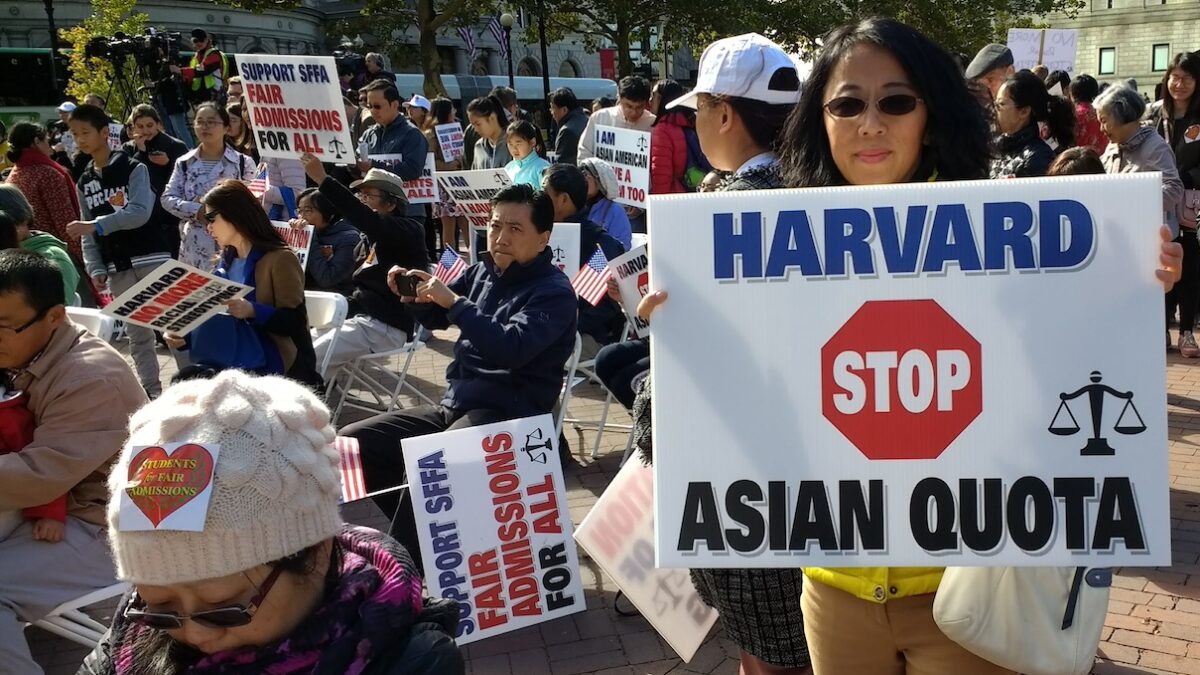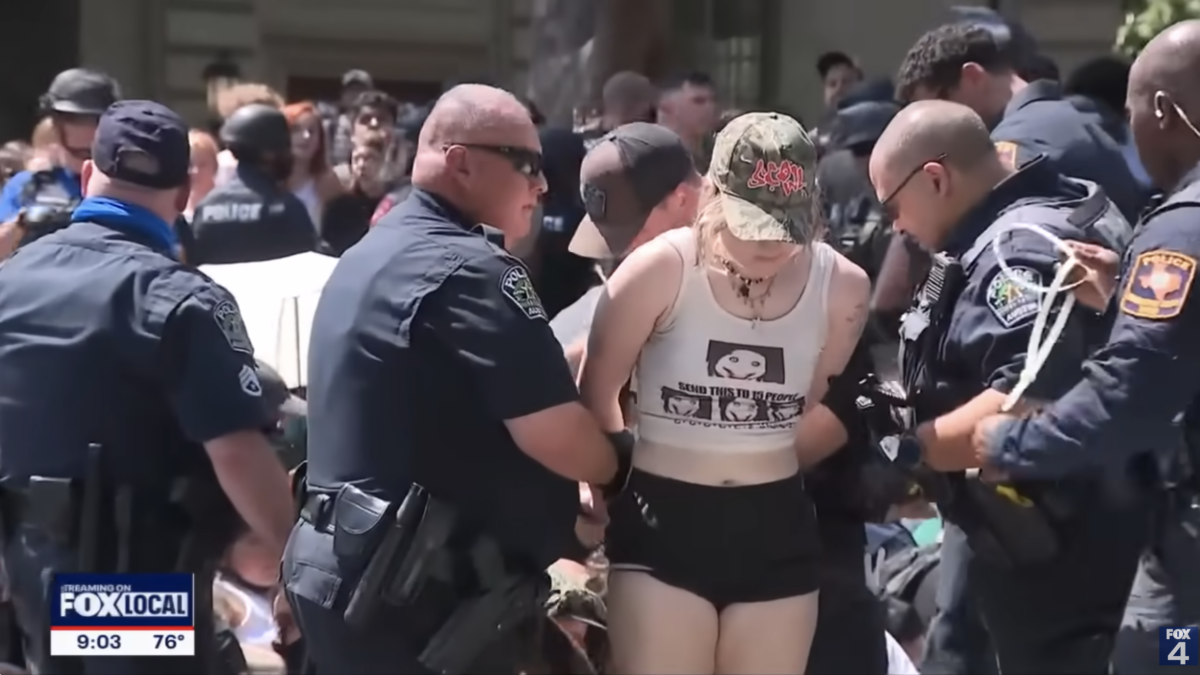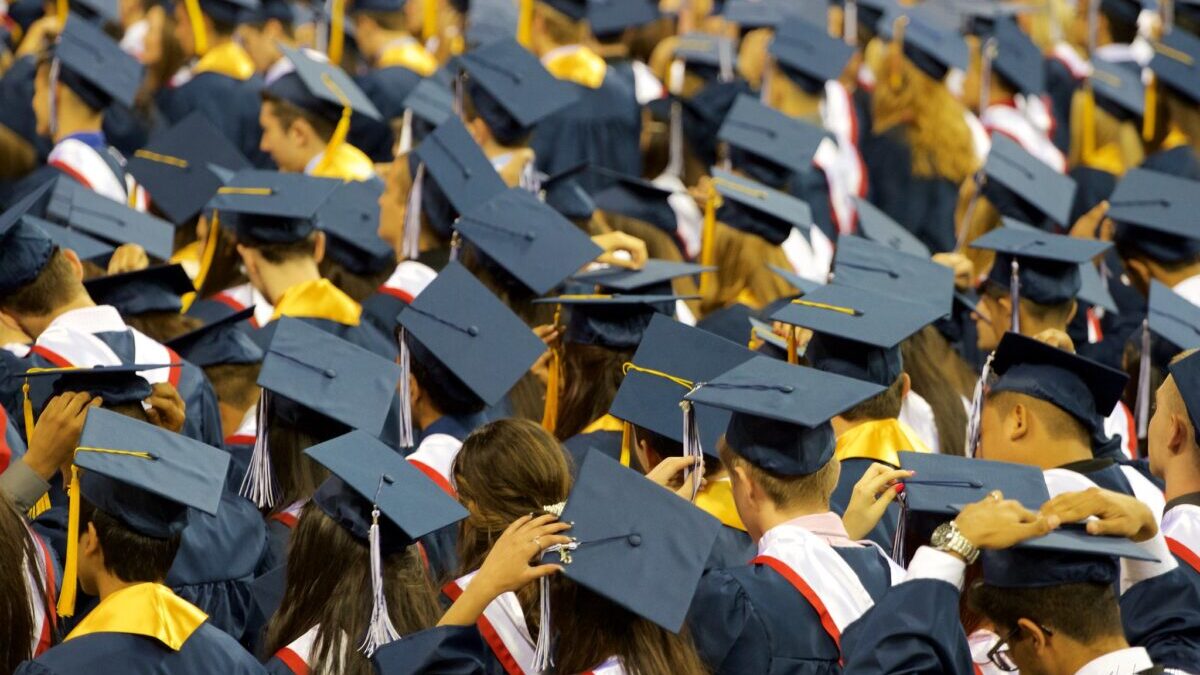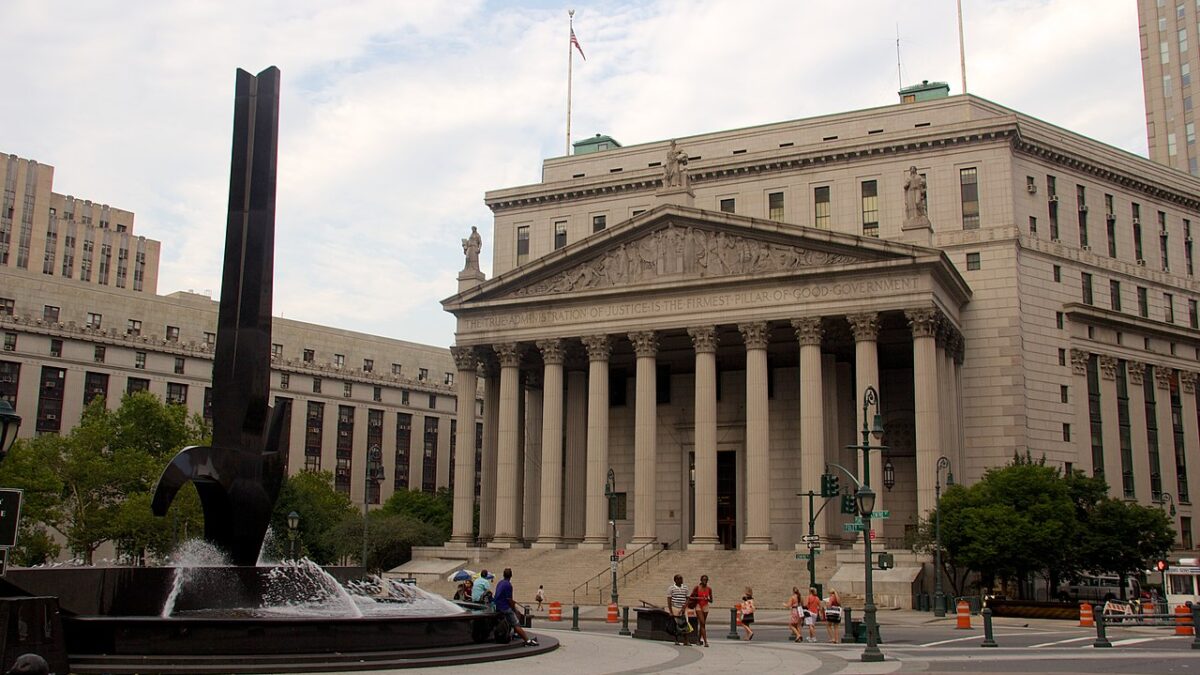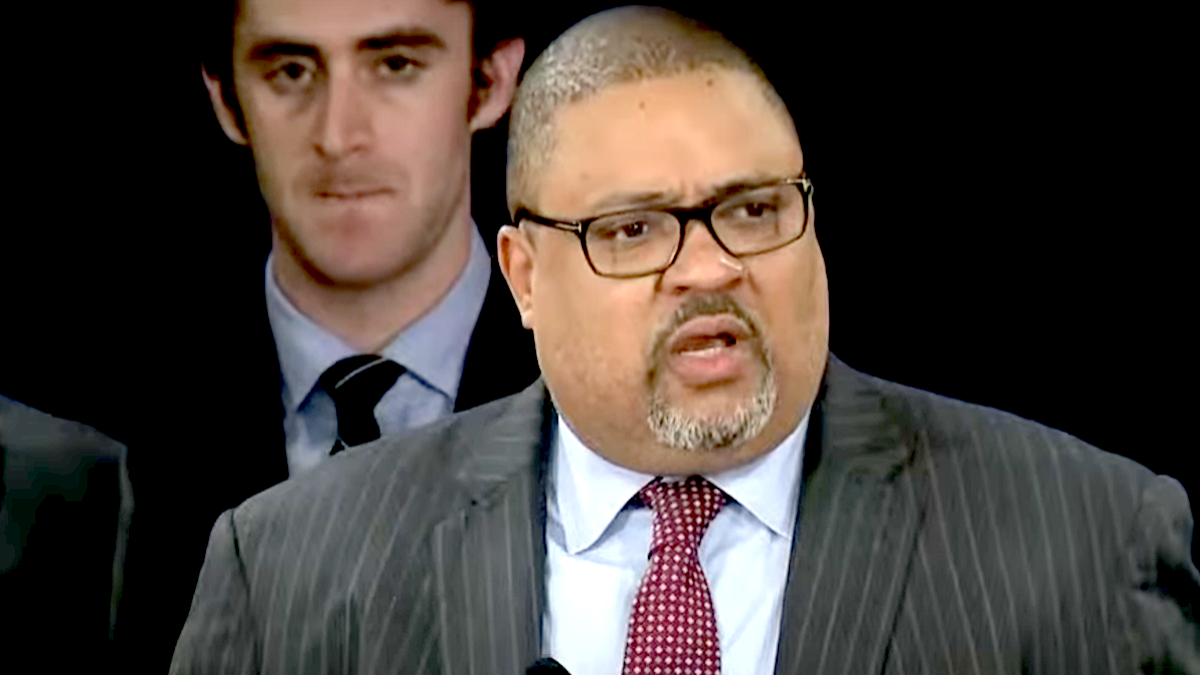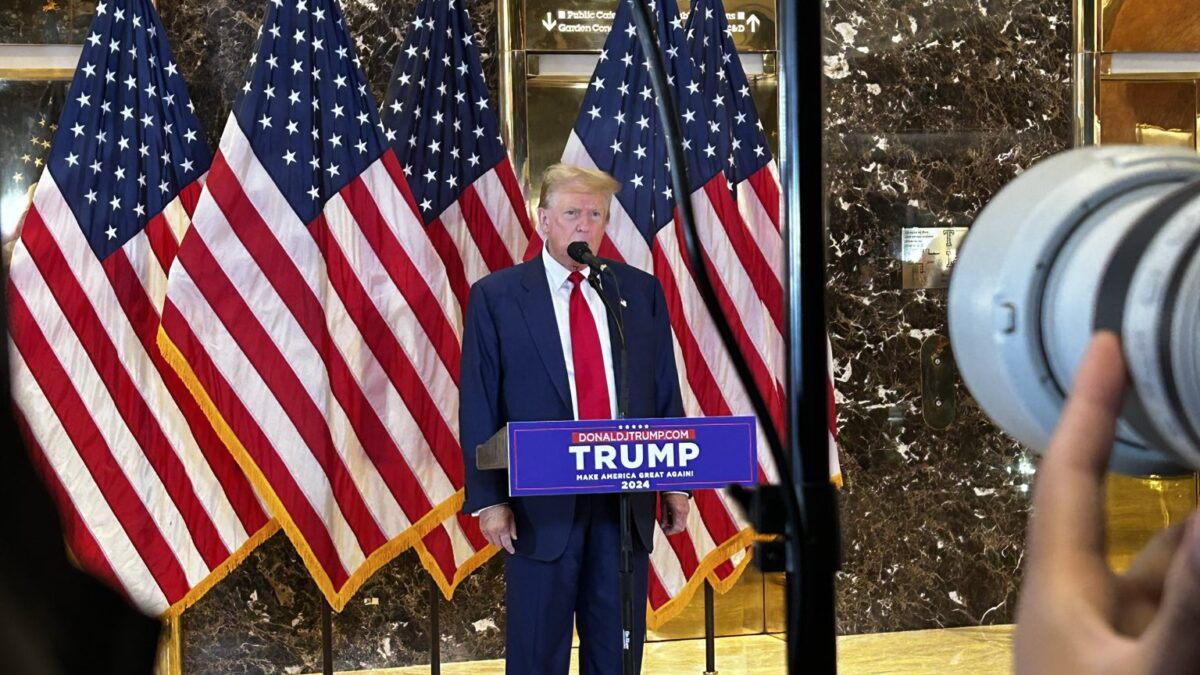When the Supreme Court announced its ruling last summer in Students for Fair Admissions (SFFA) v. President and Fellows of Harvard College (the decision that effectively ended affirmative action), it seemed like the country was finally ready to move on from this unfair policy and recommit to excellence and merit.
No longer would white and Asian applicants be passed over because they didn’t meet an organization’s arbitrary criteria for diversity, nor would unqualified applicants be admitted or employed and immediately fail afterward because they lacked the prerequisite skills and experience.
As a high school English teacher, I had special reason to celebrate the decision. For years I witnessed so many students of mine with near-perfect SAT scores, hundreds of volunteer hours, and limitless creative potential all being denied admission to supposedly elite universities because they happened to have the wrong skin color. Meanwhile, I saw their good-but-not-great peers make it into those same schools and even qualify for scholarships — again, because of their race. This was the very opposite of equal opportunity, and after so many decades of fuzzy reasoning and legal fumbling, the highest court of the land weighed in and condemned it.
Sadly, affirmative action wouldn’t go away that easily. As a recent report from Renu Mukherjee at the Manhattan Institute shows, the American Bar Association (ABA) and New York State Bar Association (NYSBA) have flouted the SFFA by encouraging “law schools and law firms to ignore the Court’s holding” and “continue granting admissions preferences to black and Hispanic applicants using methods that are race-neutral in theory but race-conscious in practice.”
To this end, the ABA and NYSBA proceeded to launch a series of online workshops that would help guide law schools in identifying minority applicants in order to “foster racial and ethnic diversity in the absence of affirmative action.” According to Mukherjee, the main way to do this was “tying [the applicant’s race] to ‘a non-racial goal or value being pursued by the university’” so that “if the school faces a legal challenge, administers can argue that any preference granted to URMs [underrepresented minorities] is not based on race itself but instead on their ‘lived experiences.’”
For those familiar with the application process, none of this is exactly subtle. There are a number of ways to determine a person’s race without asking him directly, and it doesn’t take a DEI expert to spell it out. For law schools and colleges, it’s primarily a matter of ditching test scores and asking applicants to write essays about their personal backgrounds.
Consequently, affirmative action and all the problems it creates continue to do damage to everyone involved. Not only will countless hardworking students and employees see their advancement stifled; not only will countless minority students inevitably fall short in roles they’re not qualified to fill; and not only will the institutions mandating artificial racial diversity compromise their standards, but all of this will perpetuate ever more racial prejudice and prevent racial harmony. For every successful black person and unsuccessful white person, the assumption will always be same: His race had something to do with it.
Of course, to the blockheaded DEI acolyte who views success as a zero-sum game, this is simply how diversity works.
However, as Mukherjee explains toward the end of the report, there’s a better way to ensure diversity without resorting to affirmative action, and it’s one that the NYSBA actually endorses: pipeline programs. These are programs that “help students enter the legal profession by providing them with free academic tutoring, standardized test prep … mentorship, and career development opportunities.”
Instead of lowering standards and bumping out better-qualified applicants, pipeline programs help raise students of any race and socioeconomic status to levels that are necessary to succeed. Thus, those who grow up poor or come from dysfunctional households could have access to those programs that are only enjoyed by more affluent (and usually whiter) Americans. Done right, such pipelines would lead to more diversity (ideological and economic as well as racial) across different institutions while moving Americans past the racist tit-for-tat that today’s leftist leaders can’t seem to let go of.
That said, establishing and maintaining successful pipeline programs would require ongoing funding and support, and more importantly, it would require Americans to be objective in their assessment and remediation of social pathologies afflicting nonwhite Americans. This means people would have to stop blaming invisible bogeymen like systemic racism and unconscious bias for a person’s apparent inability to move ahead academically and professionally. Personal agency and accountability must be returned to the individual, and the pipeline programs Mukherjee recommends offer crucial assistance in this regard.
As it stands, continuing to use affirmative action to cover up the achievement gap only makes the problem worse. While irresponsible elites, DEI bureaucrats, and race hustlers may be fine with this status quo, Americans who want a more productive, harmonious, and yes, diverse society, must continue fighting to create a better alternative. Last year’s victory at the Supreme Court was only the beginning of this effort.
